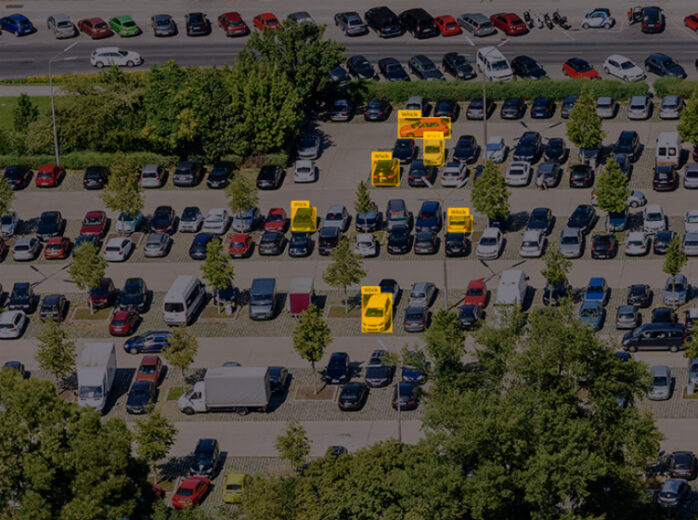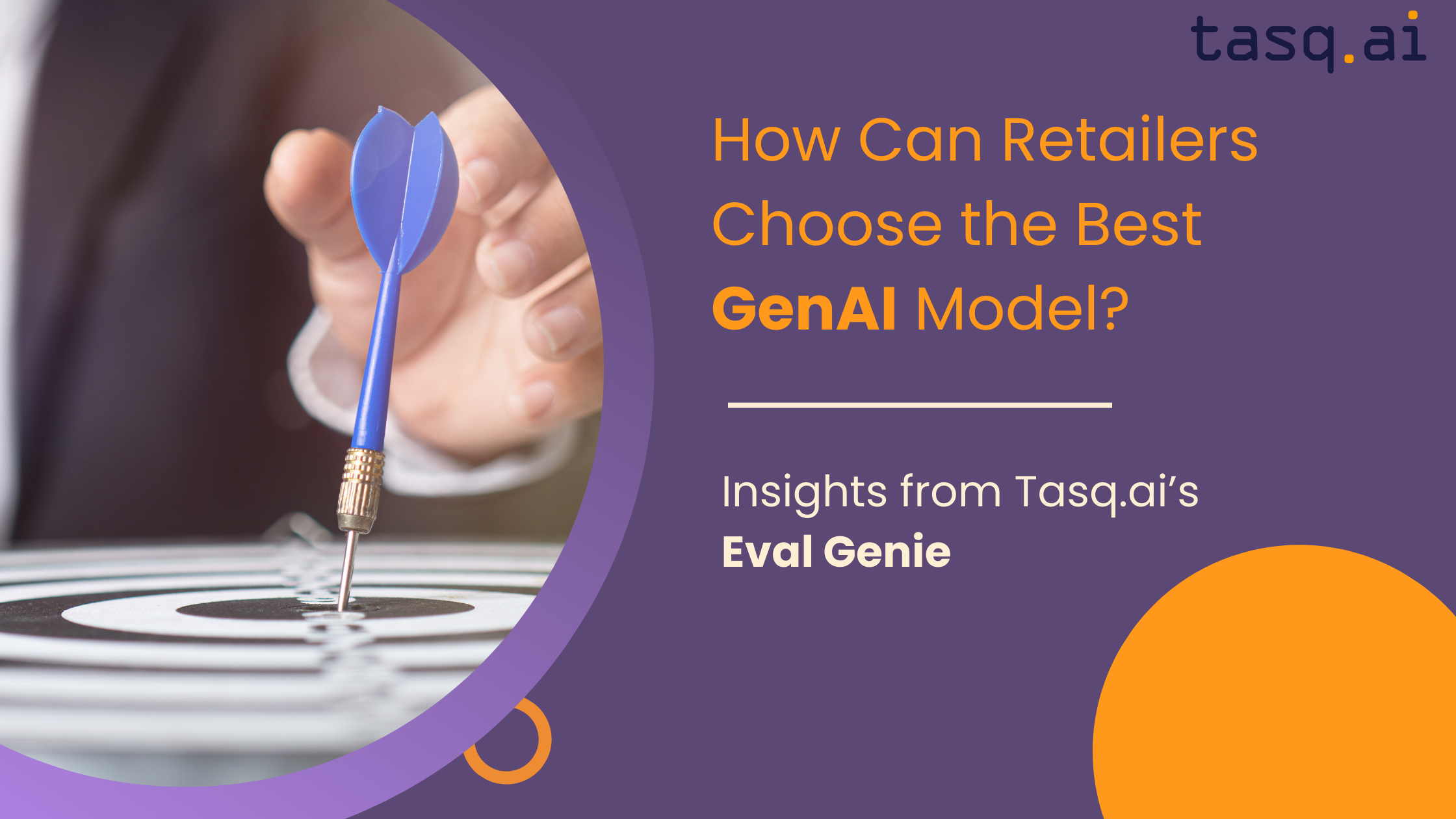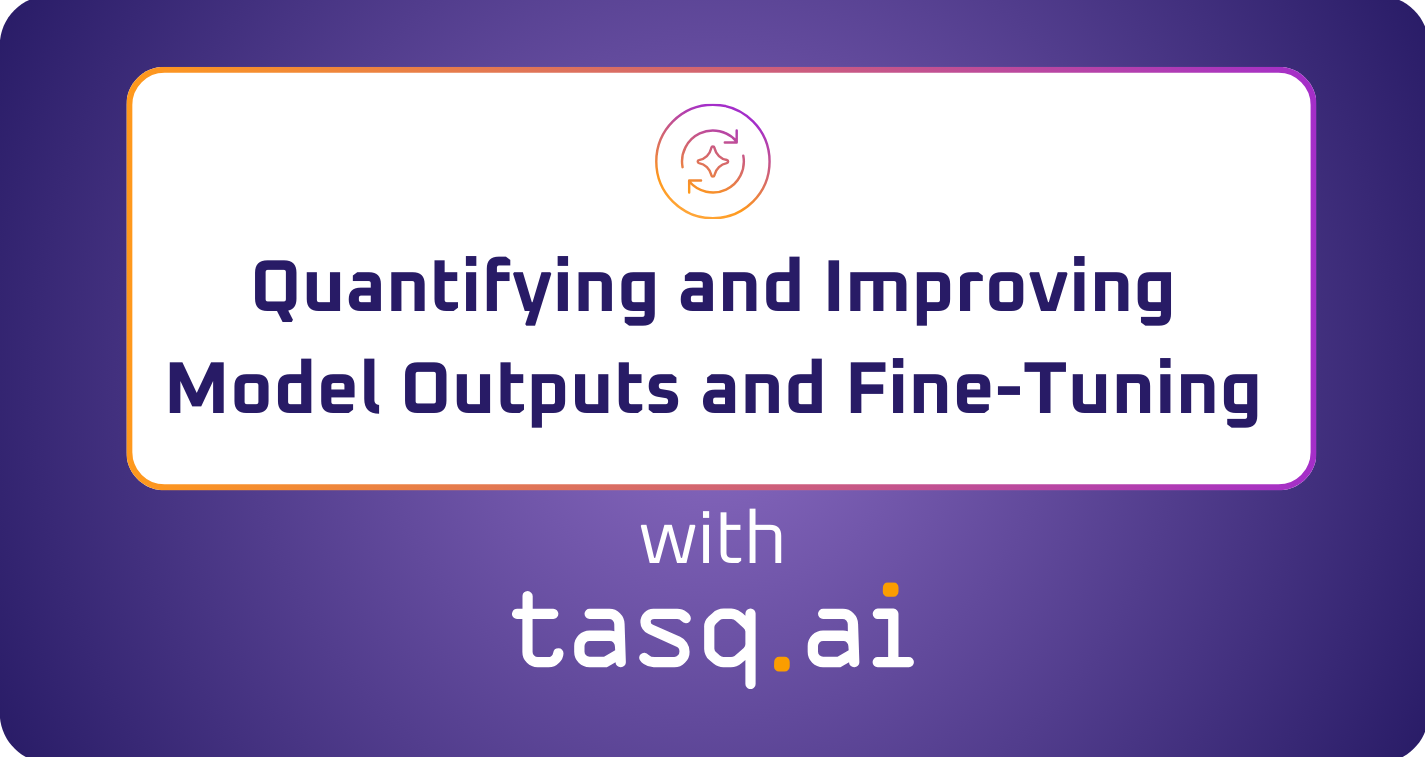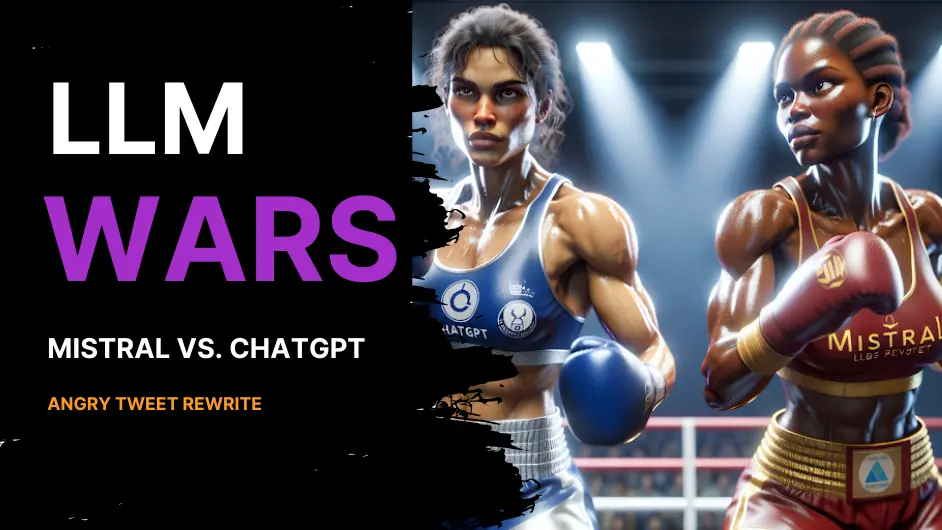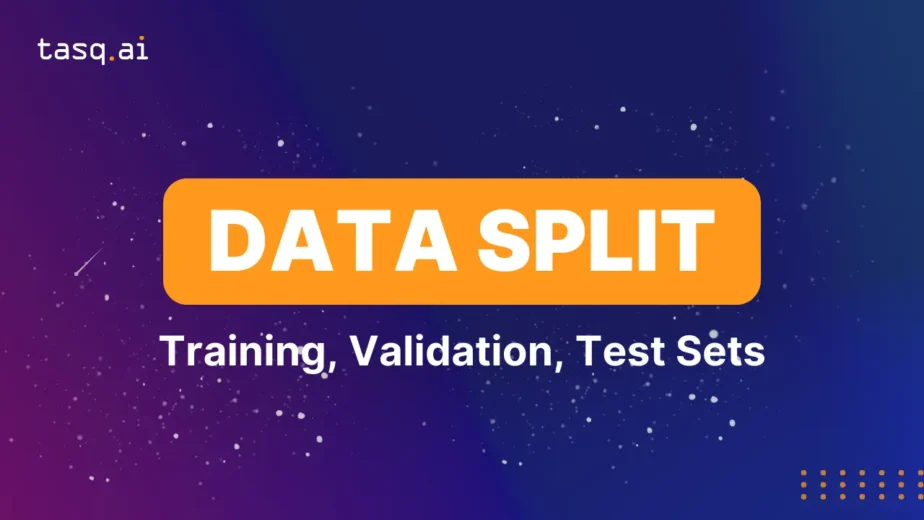Artificial intelligence (AI) and machine learning (ML) is progressive technology that has the potential to dramatically improve the performance and efficiency of many existing industries and fields. The availability and quality of training data, however, is crucial for AI itself to perform better. This is because AI models learn by being fed expansive data sets, and the quality of this data directly influences the quality of the AI model.
You can think of teaching AI as being similar to the way you teach in the same way as you do a young child; through repetition. If you were to show a child lots of different pictures of cats but tell them that it’s a dog, the child may classify cats as dogs in the future. AI models learn in the same way; the result of an AI model depends on the labels that it’s fed during the AI data training phase.
This is where AI image annotation and AI image tagging come in.
What is AI image annotation?
AI image annotation — also sometimes referred to as AI image tagging or AI data labeling—is a technique used to create training data for AI models.
During the training process, the algorithms behind these AI models learn from being fed large amounts of this training data, which enables the models to work more accurately. This training data consists of digital images and videos where relevant objects are labeled, and the AI models learn from them through computer vision.
The idea behind this is that the AI algorithms will help machines learn patterns and store them into virtual memory. These can then be recalled later when the machine analyses similar data, e.g., for further training or in real-life deployments such as object detection in autonomous vehicles.
The visual data used to train AI models tend to be labeled at scale by experts who use specialist image annotation software. These can then be distributed via a database and “plugged into” AI models during training.
AI image annotation use cases
Images that have been annotated for AI can be used in a variety of ways to train AI models and improve the machine learning process.
Object detection: Machines must be trained to detect various objects visible in an image and, by extension, the natural environment. These include everything from humans and vehicles to furniture and toys. Without training through AI image annotation, applications like self-driving cars and robots couldn’t work.
Object classification: Machines don’t just need to detect objects, they need to classify them, too. This is so that the machine can respond appropriately to different classes of objects. While you want an autonomous car to stop if it detects a human or animal in front of it (we’d hope!), you don’t want it to stop if it detects another moving vehicle in front of it.
Semantic segmentation: This is an advanced AI image annotation method that classifies defined regions within an object or area. Returning to autonomous vehicles as an example, these need to be able to distinguish between different parts of the road (e.g., the correct driving side, roundabouts, junctions) and other areas such as sidewalks and grass verges.
AI image annotation techniques
There are several ways we can annotate images for AI. Below are three of the most common image annotation techniques:
Bounding boxes: Bounding box annotation involves drawing a large box around certain objects within an image. The box should be as close to each edge of the object as possible. This annotation method is most used seen in autonomous vehicle applications.
Three-dimensional cuboids: These are sort-of-like bounding boxes, however, a three-dimensional cuboid includes a depth measurement (L x W x D) whereas a bounding box only includes length and width (L x W).
Lines and curves: Lines have a variety of use cases. They are primarily used to train machines to detect boundaries, such as lanes on a road for autonomous vehicles or boundaries on a warehouse floor for robot assistants.
How to annotate images for AI
Due to the rapid growth in the AI market, and indeed the tech sector in general, there’s a huge demand for AI image annotation. While there are many companies offering AI annotation services, it’s always best to use an expert when you need image annotation for deep learning.
At Tasq.ai, our multi-image processing technology optimizes the entire process. Images are broken down into hundreds of micro-tasks and delegated to multiple Tasqers who label individual parts of an image simultaneously. This leads to faster, deeper, and more accurate data labeling and training for your AI models.
Request your free 30-minute demo today!
